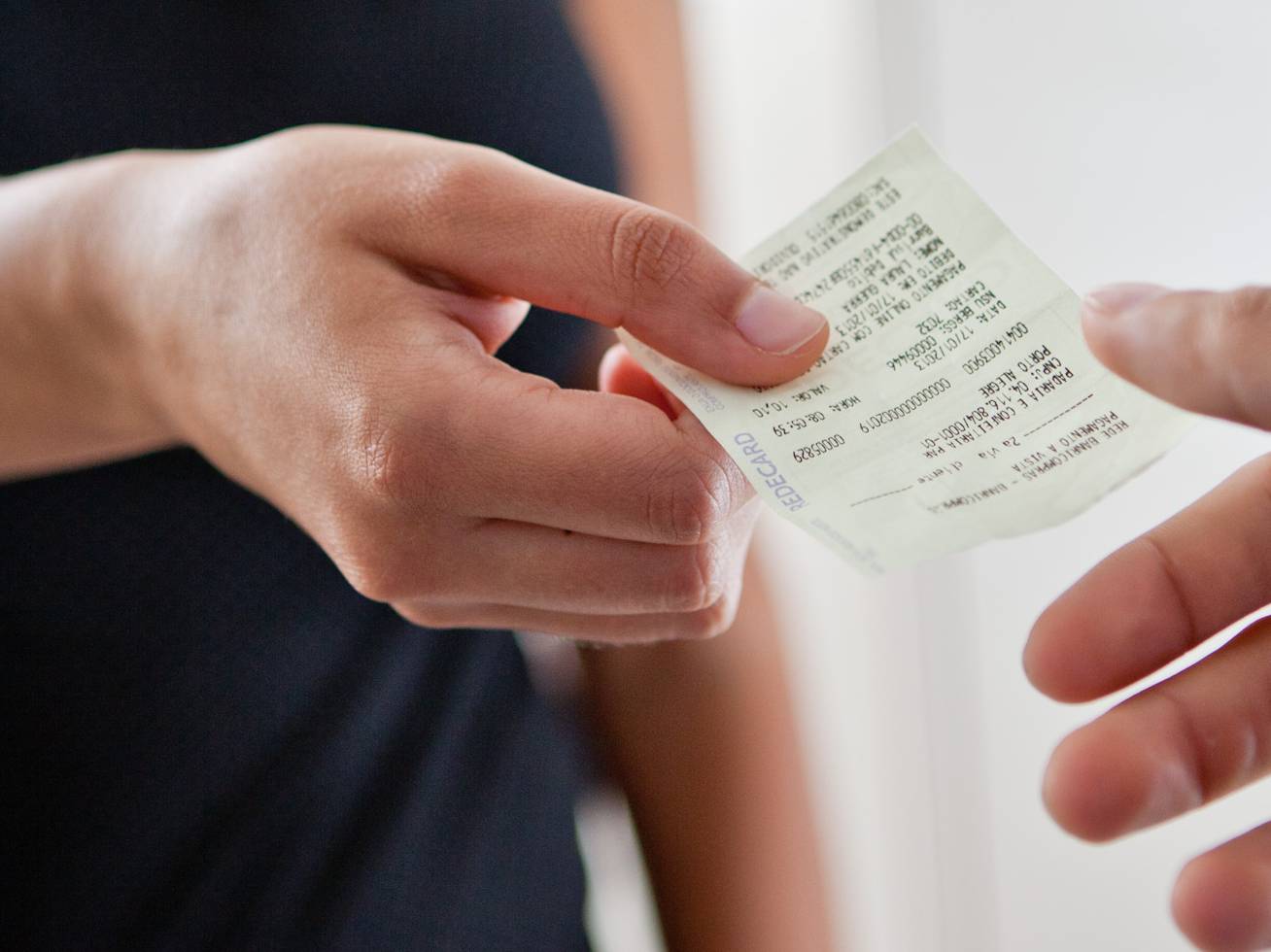7 tips for taking perfect close-up photos
4 min read
Macro lenses are true allies when it comes to taking pictures of close-up and small subjects. Whether you are using a professional camera or a smartphone, this feature allows you to focus on the smallest details, revealing a new perspective to your photos.
See also: How to activate Protected Mode on a cell phone: 5 tips to avoid being spied on
Macro lens on a smartphone: a creative approach
Currently, many smartphones are already equipped with built-in macro lenses, which make it possible to photograph insects, flowers, plants, food and objects in a small size. Moreover, the telephoto lens is also ideal for capturing details within a broader context, allowing for a creative approach.
But how exactly does a macro lens work?
With it, the photographed object is reproduced in real size or enlarged on the camera sensor, occupying most of the field of view. This process results in highly detailed images, ideal for display on canvas or for printing, as they bring out every detail of the chosen subject.
To achieve this effect, the macro lens uses a focal length that allows you to get very close to your subject, whether with a dedicated camera or your smartphone. In general, the focal length is between 35mm and 200mm, depending on the device used.
These different ranges of focal lengths serve specific purposes. For example, on DSLR cameras, the Canon EF-S 35mm Macro IS STM lens allows you to get as close as 15cm to the subject, while the Canon EF 180mm Macro USM lens gets to about 50cm to the subject. This variety is perfect for photos of small animals that don’t allow getting up close.
Macro lenses with longer focal lengths provide a less shallow depth of field, which creates a blurring effect that can make the main subject of a photo stand out more. It is important to note that, in order to be considered a “real” macro lens, it must have a magnification ratio of 1:1, that is, to reproduce the content on the sensor at the same real size as the object.
However, lenses with magnification ratios between 2:1 and 10:1 are also considered macro, because they magnify the subject two to ten times its actual size. Lenses with values such as 1:2 and 1:3 cannot be described as macro, as they refer to proportions of one-half and one-third of the actual size, respectively.
7 tips for taking photos with your cell phone’s macro camera
Now that you have a better understanding of macro lenses, let’s share some tips for taking great photos with your cell phone’s macro camera:
1. Lighting: Make sure there are adequate lighting levels to capture more detail and make focusing easier. In low-light environments, you can use the light from the built-in flash or an external source.
Background: Pay attention to the background of the image to highlight the main subject or compensate for poor lighting. For example, a light background can contrast with a dark object and make it stand out.
2- Stability: Avoid unwanted movements that can distort the image. Use a tripod or place your phone on a stable surface to ensure clear images.
3. Shutter speed: Choose a shutter speed of 1/250 second or faster to avoid blur or blur, depending on the scene conditions and the focal length used.
4. Manual focus: Try manual adjustments for faster, more accurate macros. While the autofocus is effective, manual adjustments can provide better results.
5. Aperture: Remember that the wider the aperture of the lens, the more light will be captured, which contributes to sharpness. However, this also reduces the focus area and depth of field, so it is important to find the perfect balance when adjusting this parameter.
6. Lens cleaning: Keep your lens clean, as any dirt can harm image quality, especially on macros that value detail. A clean lens makes it easier to focus and avoid missing important details.
7. Macro mode: Some smartphones offer a specific mode for macro photography, which makes it easier to take this type of photo. However, it is important to perform testing to discover the limitations of this feature, such as the minimum required distance from the subject.
How to get great macro shots even on entry-level smartphones
Although entry-level and mid-range smartphones usually have cameras with macro lenses, it is common for these devices to have low-quality sensors, which result in a resolution of between 2 and 5 megapixels. This can affect the sharpness and color saturation of your photos, as well as limit editability and printability.
Explore alternative resources
However, it is possible to take macro photos without a dedicated macro lens. Some manufacturers combine different smartphone cameras and computational imaging technologies to record details with high precision. For example, the iPhone 14 Pro uses the ultra-wide lens for macro photos, while the Moto G60 focuses on ultrawide and macro functions in a single 8MP camera. Galaxy S23 Ultra uses a telephoto lens to capture this type of photography.

“Entrepreneur. Music enthusiast. Lifelong communicator. General coffee aficionado. Internet scholar.”







